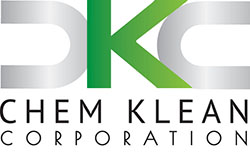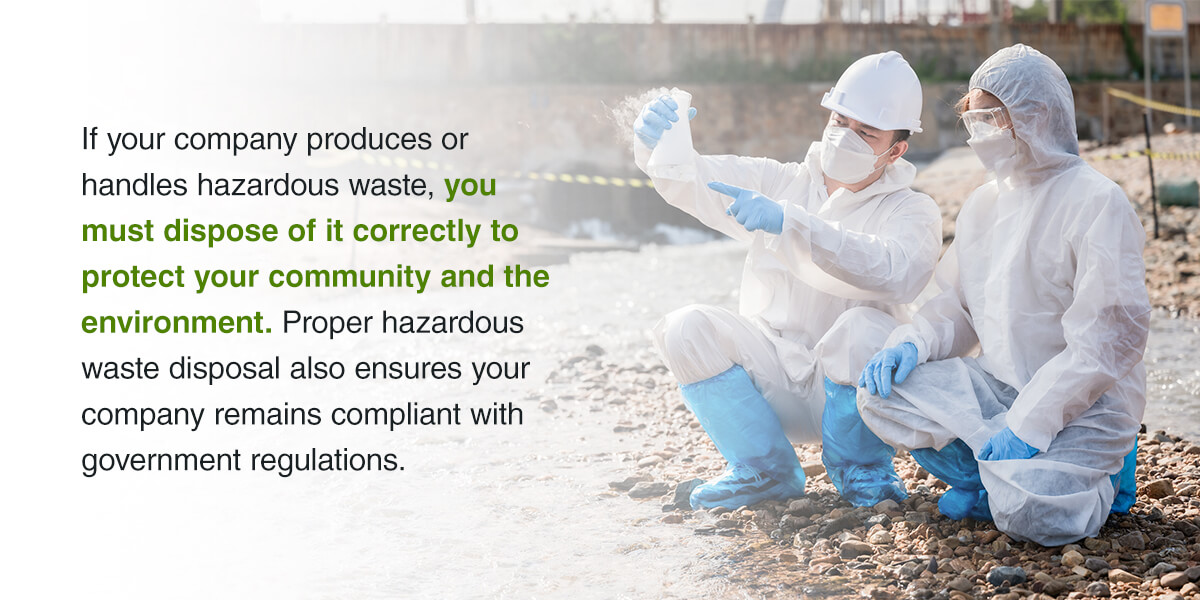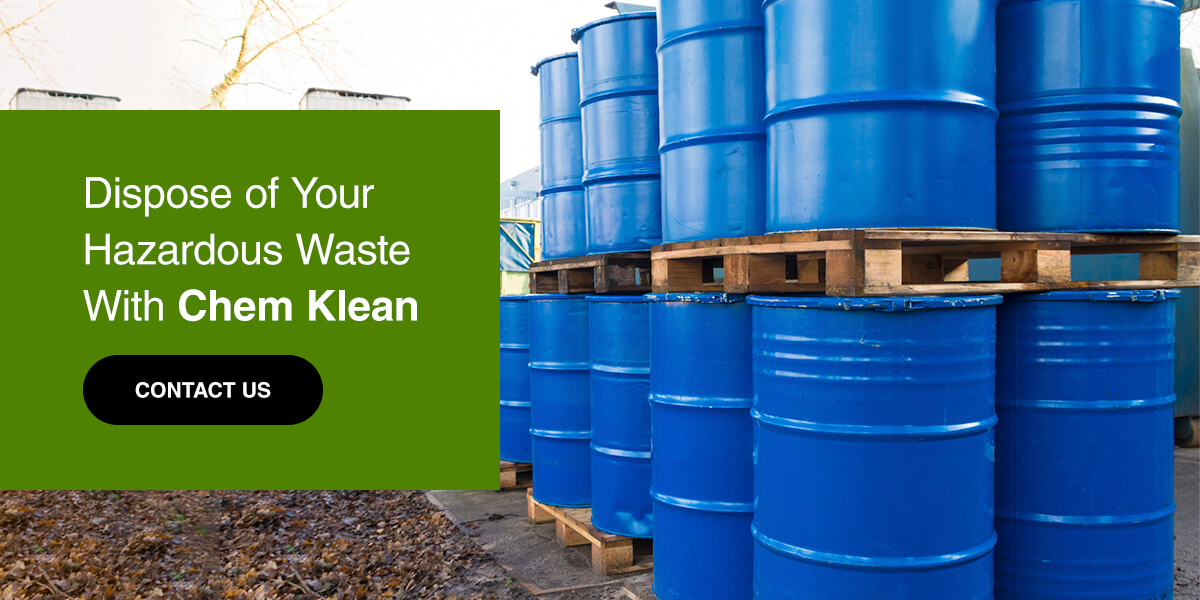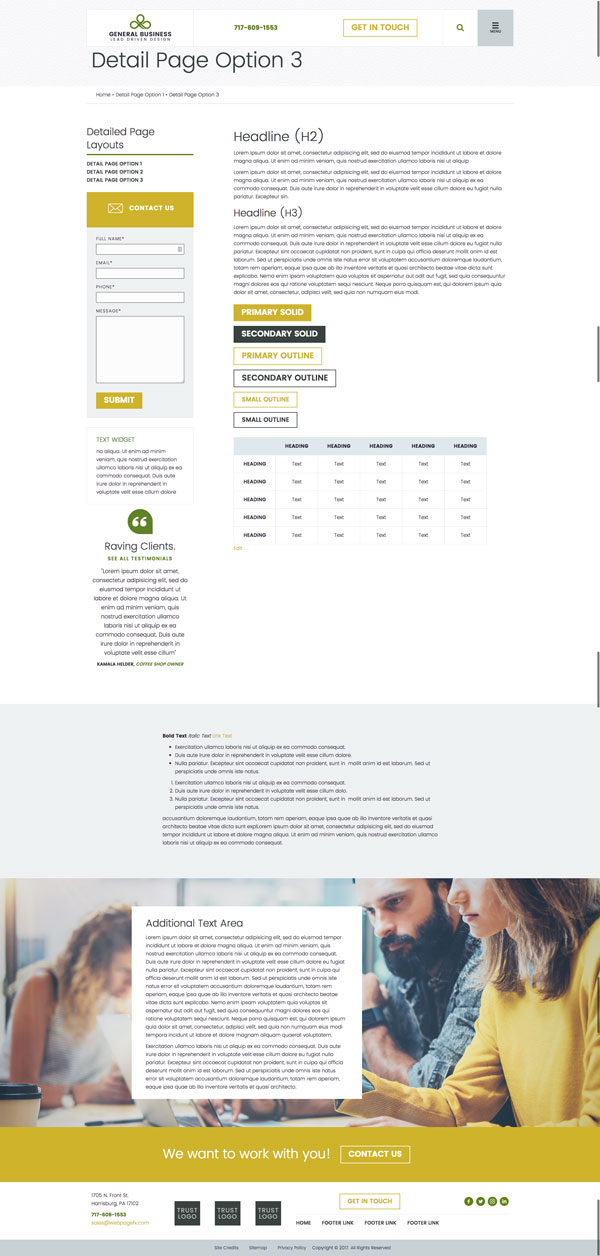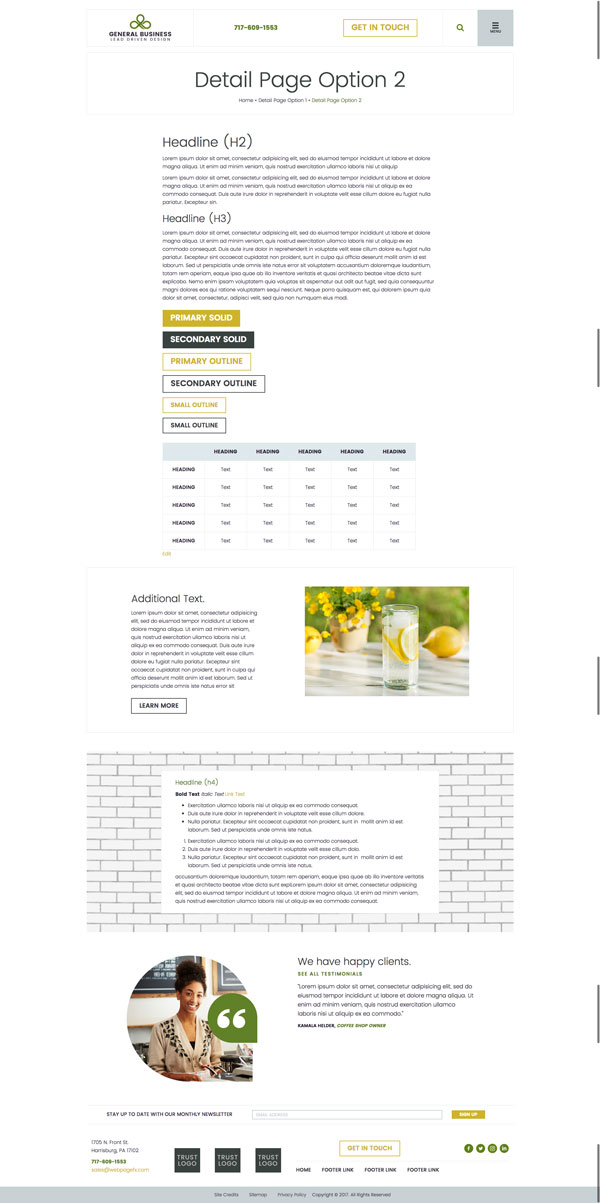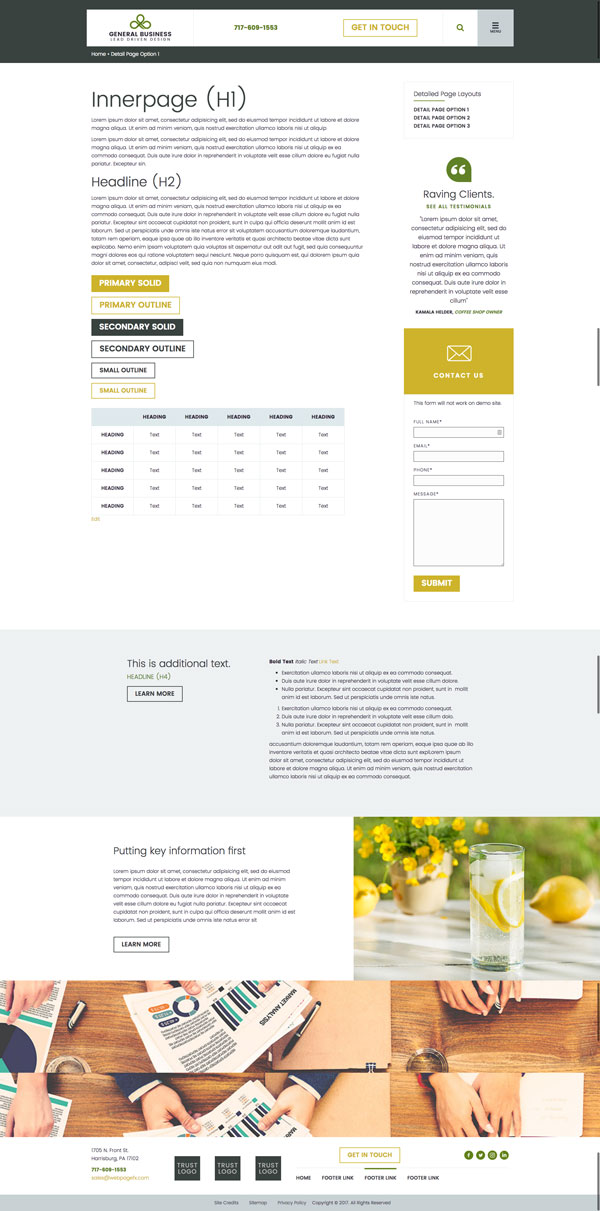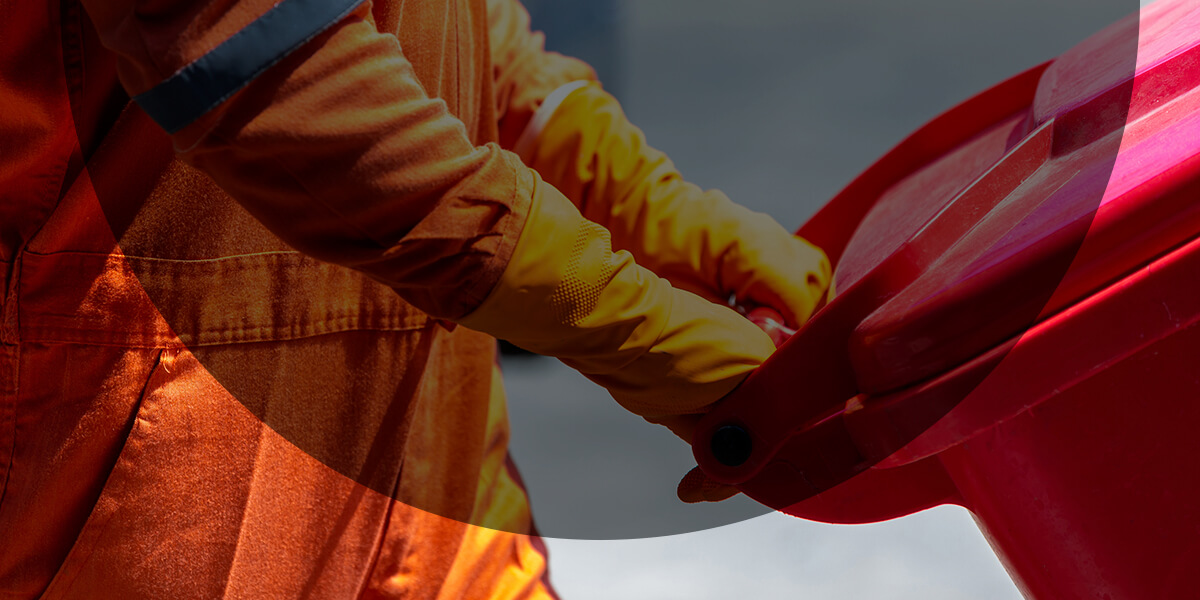
Proper hazardous waste disposal is crucial to human health and the environment. Understanding the type of hazardous waste your company generates and how to dispose of hazardous materials helps you remain in compliance with government regulations and prevent contamination. Hazardous waste transportation and disposal services can help you handle your waste safely and efficiently.
Types of Hazardous Waste
Hazardous waste is any waste material that can significantly harm the environment or human health. Hazardous waste generators and transporters must follow the United States Environmental Protection Agency's (EPA) regulations to ensure cleanliness, safety and health. The EPA considers the following materials to be hazardous wastes:
- Flammable Liquids
- Contaminated Solids
- Spent Oil
- Acids
Understanding how to dispose of toxic waste requires an understanding of different types of hazardous waste. The EPA lists some specific directly-hazardous wastes and classifies other wastes as hazardous based on their characteristics.
Listed Hazardous Wastes
Wastes are considered hazardous wastes if the EPA includes them on one of the following lists:
1. F List
The EPA's F list identifies hazardous wastes from industrial and manufacturing processes. These processes can occur in various industry sectors, so the EPA includes hazardous wastes on the F list if their sources are nonspecific. Depending on the industrial or manufacturing process that generates F-list wastes, the EPA divides them into the following groups:
- Wood-preserving waste
- Spent solvent wastes
- Dioxin-bearing wastes
- Chlorinated aliphatic hydrocarbons production
- Metal-finishing wastes such as electroplating wastes
- Multisource leachate
- Wastewater treatment sludges from petroleum refineries
2. K List
The K list identifies source-specific hazardous wastes that come from specific manufacturing and industry sectors. Hazardous wastes on the K list must fall under one of the EPA's detailed K list waste descriptions, and they must fit into one of the following 13 industries:
- Petroleum refining
- Pesticides manufacturing
- Organic chemicals manufacturing
- Wood preservation
- Inorganic pigment manufacturing
- Explosives manufacturing
- Veterinary pharmaceuticals manufacturing
- Iron and steel production
- Primary aluminum production
- Inorganic chemicals manufacturing
- Secondary lead processing
- Coking
- Ink formulation
3. P and U Lists
The EPA lists unused commercial-grade and pure chemicals that are disposed of on the P and U lists. Hazardous wastes on these lists must contain at least one of the P or U lists' included chemicals, and the chemical must be unused. The chemical must also be in a commercial chemical product form.
For the P and U lists, the EPA defines commercial chemical products as ones that are technical-grade, 100% pure or a chemical formation's sole active ingredient. The U list consists of hazardous wastes produced by discarded commercial chemical products, and the P list consists of acute hazardous wastes from these products.
Characteristic Hazardous Wastes
The EPA classifies some wastes as hazardous because of their characteristics. A characteristic hazardous waste has at least one of the following properties:
- Reactivity: Reactive wastes can emit toxic gases, cause explosions in heated conditions or react with water. They are typically unstable in standard conditions.
- Corrosivity: A corrosive waste usually has a significantly low or high pH level, and corrosive wastes can eat through steel.
- Toxicity: Toxic wastes can harm the body if a person ingests or comes in contact with them.
- Ignitability: Ignitable wastes can be ignitable compressed gases, low-flash-point liquids or ignitable solids.
What Is Your Responsibility?
If your company produces or handles hazardous waste, you must dispose of it correctly to protect your community and the environment. Proper hazardous waste disposal also ensures your company remains compliant with government regulations.
The EPA enforces strict regulations for hazardous waste treatment and disposal. While companies can send some hazardous wastes to the landfill if they stabilize and solidify them first, most hazardous wastes can contaminate the surrounding environment if they enter a landfill. To protect communities and the environment from potential harm, you must follow the EPA's regulations when you dispose of waste.
Forming an environmental management system (EMS) that focuses on hazardous waste helps to ensure your company follows the EPA's regulations. Develop a plan that identifies relevant EPA requirements, lists appropriate solutions and explains management procedures and processes. Your company can then use your plan to handle waste properly, remain in compliance, manage its environmental impact, prevent pollution and protect your business from liability.
You can comply with hazardous waste regulations with the following steps:
- Identify: First, identify the types of hazardous waste you need to handle.
- Count: Determine how many pounds of hazardous waste your company or facility produces per month.
- Notify: Notify the EPA or your state agency of your hazardous waste activities.
- Manage: Manage your hazardous waste according to the EPA's regulations regarding the specific type of waste you generate.
- Transport: If you need to transport your waste off-site, you must submit a manifest form to track each waste shipment.
- Treat, recycle or dispose of: Treat, recycle or dispose of your hazardous waste according to EPA regulations.
Hazardous Waste Disposal Methods
The EPA has regulations in place for different hazardous waste disposal methods. If you are wondering how to remove hazardous waste from your facility, you can dispose of it properly with the following methods:
Treatment
You can treat some hazardous wastes with the following treatment methods:
- Biological treatment such as landfarming
- Physical treatment using evaporation, solidification, sedimentation, filtration or flotation
- Chemical treatment involving ion exchange, precipitation, neutralization, oxidation or reduction
- Thermal treatment such as incineration
Landfill Disposal
Specific hazardous waste landfills can take some types of hazardous waste. Hazardous waste landfills are lined with nonporous materials such as clay, and they typically contain additional safeguarding such as leak protection systems, wind dispersal controls and double liners. These protective measures prevent hazardous waste from reaching the environment and humans. Landfill disposal is only appropriate for solid wastes.
Recycling
Organizations can follow EPA hazardous waste recycling regulations to recycle their waste. Hazardous waste recycling is a preferable disposal method because it conserves natural resources, decreases national raw material reliance, conserves energy, prevents pollution and produces economic benefits. The EPA has guidelines in place to help companies understand how to recycle hazardous waste safely.
How Industrial and Hazardous Waste Removal Services Can Help
Industrial and hazardous waste removal services can help your company dispose of hazardous waste safely. Professional services handle hazardous waste transportation and disposal properly to ensure your company remains in compliance with EPA regulations.
Dispose of Your Hazardous Waste With Chem Klean
The EPA has regulations in place to protect the environment and human health from hazardous waste. Proper hazardous waste transportation and disposal are crucial to preventing contamination and potential health risks. Chem Klean offers safe hazardous waste transportation and disposal services to ensure your company remains in compliance with EPA requirements. Contact Chem Klean to learn more about safe and efficient hazardous waste services.
